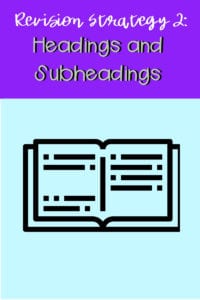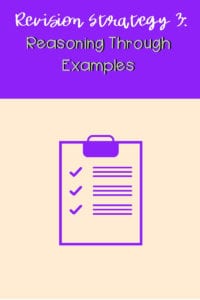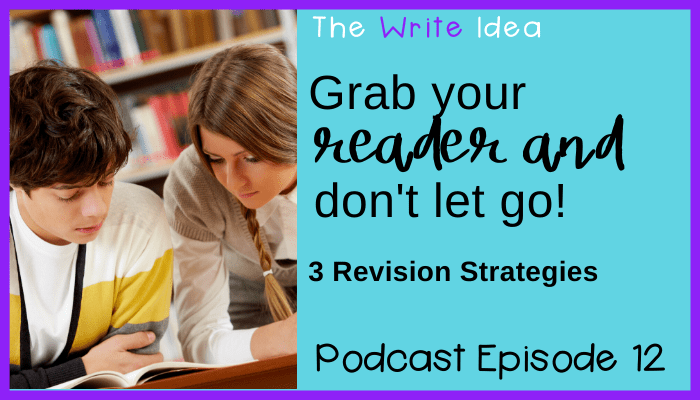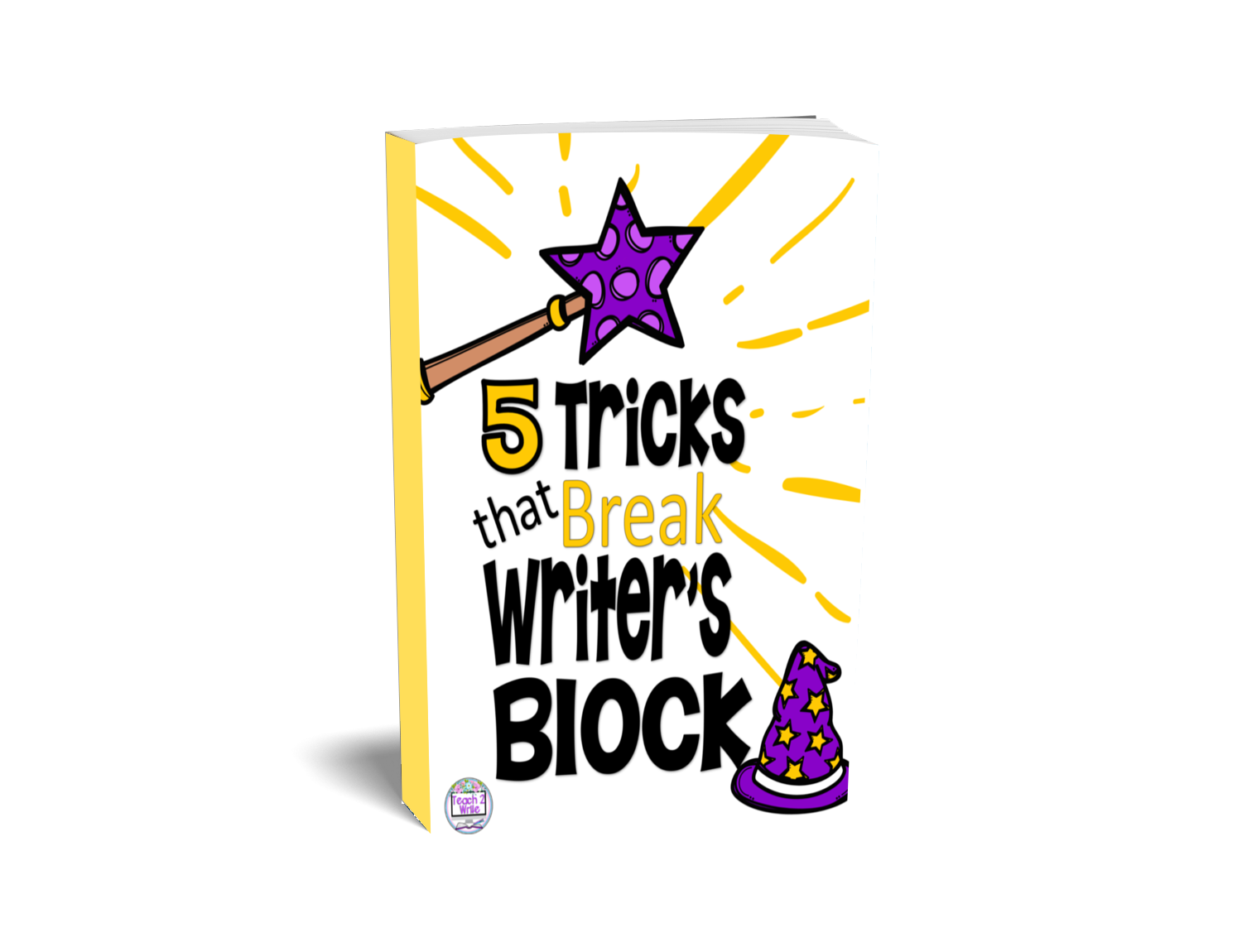Grab your reader and don’t let go with 3 quick revision strategies for informational text because you want them to read what you have to say. No fumbles. This is Super Bowl Weekend, so why not use a football analogy, right?
In this week’s The Write Idea Podcast episode, we are doing just that – revision strategies that help you keep your reader in the game.
I often tell my students that they must grab the reader’s attention, and keep it. Yet, how do you grab the reader and hold onto them when the reader is not physically next to you? Use revision.
What does revision have to do with holding a reader’s attention? Well, let me tell you.
When we write the first draft of something, we are just trying to get our thoughts on paper. However, when we revise, we revise for someone else to read it. We are trying to give our writing shape and form so that we can communicate our ideas and be understood.
Communication is inherent in all of us, right down to our atoms and how they interact with each other. As human beings, our survival as a species depends on social acceptance and finding others with whom we can communicate.
Strategy is not just for football games
Writing is communication. Even when we write for ourselves, we may secretly hope that someday, someone might actually read our secret little thoughts. Some of the most prominent books in literature are the secret thoughts of someone, who wrote down their ideas, thoughts, and dreams. Of course, one of the most famous private writings, The Diary of Anne Frank, comes to mind. All of the poems of Emily Dickinson also come to mind.
No matter who we intend to communicate with, if we want someone to actually read and understand our ideas, we must use revision strategies. Our thoughts are tangential and float in and out of our minds like elusive dreams. We begin to make a point, and then drift off onto another thought. Also, word choices may be vague or our sentences too long.
We cannot communicate effectively, if our intended audience doesn’t understand or misinterprets our message, or our central idea. So, with that in mind, here are three revision strategies that can make your informational writing more clear to your intended audience:
Revision Strategy 1: Determine your central idea
You may be pretty clear about your topic, but what’s your central idea? What is it about this topic that makes you want to write about it? What is it about this topic that you think the reader should know and shouldn’t move on to the next article, blog post, Instagram post, essay, etc? By mind mapping in your writer’s journal for a few minutes before writing, it will help to organize your thinking, even after you’ve written a first draft.
Make this statement: The central idea of this nonfiction piece is…because…
You need to state your central idea and why it’s important. Even if your central idea is implied for your reader. If you can’t, then, you need to figure out what you’re trying to tell your intended audience. If not, your reader will slip through your fingers like an over-sauced chicken wing! You must be clear about your topic in order to hold the reader’s interest.

Revision Strategy 2: Headings and Subheadings
Teachers:
I know we often teach our students the 5 paragraph essay, but in the real world, when is the five paragraph essay really written. We need to teach other forms of informational text. Just like last week’s podcast about informative text structures, we also need to teach students to use text features, too. Teach students how to use headings and subheadings to organize their text when they type, which will also make their writing easier for you to grade and easier for state test examiners as well.
Writers:
Using headings and subheadings will help you to organize your thoughts. By knowing your main points BEFORE you write, you cut out A LOT of revision time. However, if you really didn’t know what you wanted to say until you wrote it down, then you can reorganize those thoughts with an outline. What belongs with your central idea? What doesn’t? How can you rearrange thoughts, opinions, examples, facts to best communicate your message?
For example, I wrote last week’s podcast about text structures by speaking my thoughts into my phone. When I reread what I’d babble on and on about, I realized it was a disorganized mess. So, I needed to figure out what specifically I wanted to say, and then from my ideas, how I wanted to break those down into categories or subheadings.
Headings and subheadings when bolded and put on their own line, also allows your readers to see, at a glance, what your writing is all about. They can also skim over your words faster, reading some parts closely, while others they might ignore. This is okay. That’s how people read informational text. If you write headlines that grab the reader’s attention – even better!

Revision Strategy 3: Reasoning through examples helps you win the game
What game? Why the game of keeping your intended audience reading your message, of course! So, reread what you’ve written. Did you give a few examples for each main point that you made? Did you cite the evidence, if you used another text? Did you tell why these examples are important to your point?
By asking yourself these questions, you will be well on your way to writing that will win over your intended audience every time. If you aren’t sure what questions to ask yourself as a writer, check out my Start Write Now Guide that has over 30 questions for writers.
For more proven strategies and techniques, get the free 5 Tricks that Break Writer’s Block Guide. It’s filled with proven strategies that cure writer’s block if practiced and used consistently, questions writers often ask themselves when brainstorming, a PowerPoint to use with your students, and a rubric to assess their progress. Click on the image below to get the guide.
Hey ELA Teachers! This is for You!
Transform your Writers!
5 Tricks that Break Writer’s Block Resources
Teaching writing doesn’t have to be complicated or take hours of grading. In fact, teaching students these 5 writing tricks, helps cut wasted time from late work, revision and grading!
These resources are my TOP FIVE writing strategies that I use with my students nearly every day throughout the school year. These strategies give my students and I the proven results of higher quality writing, less late work and less revision.


